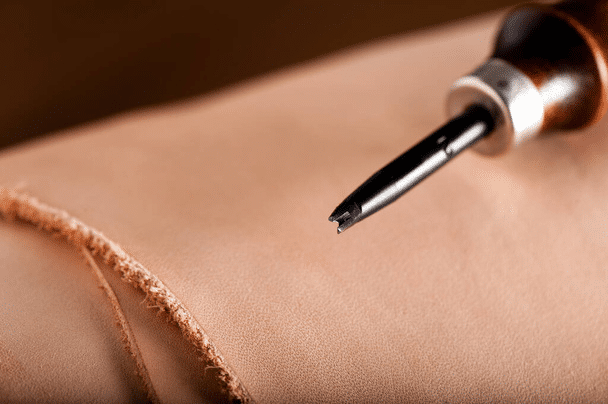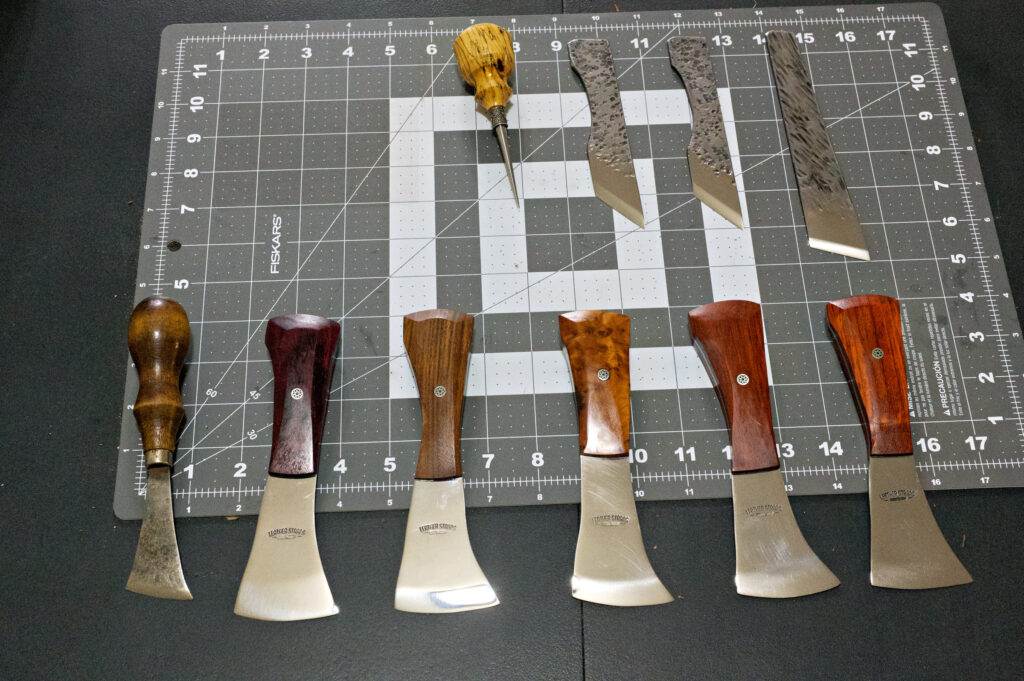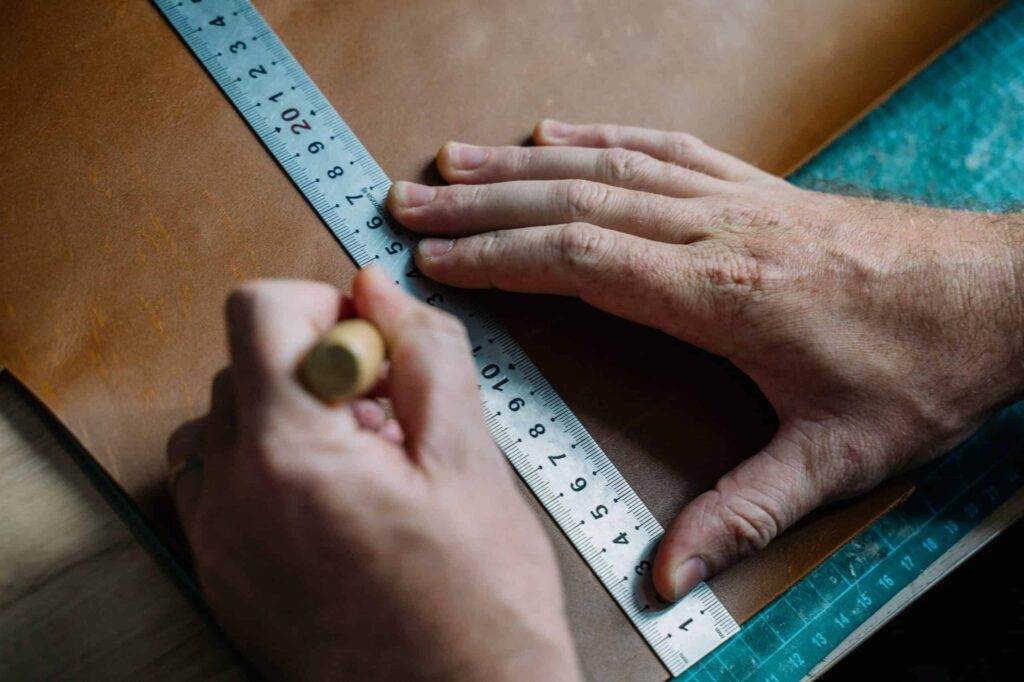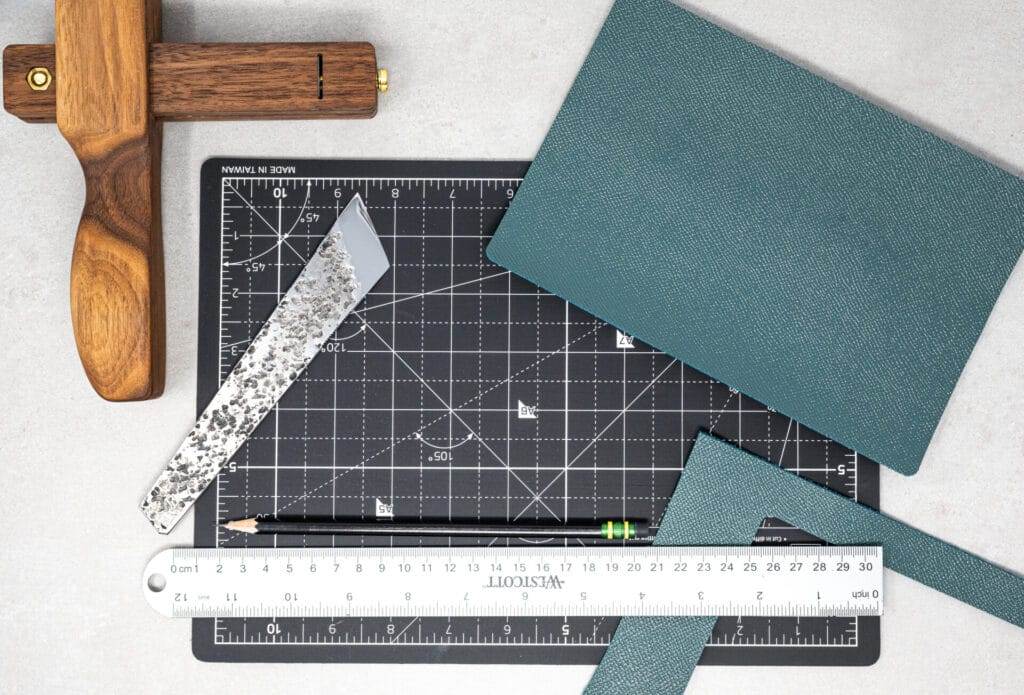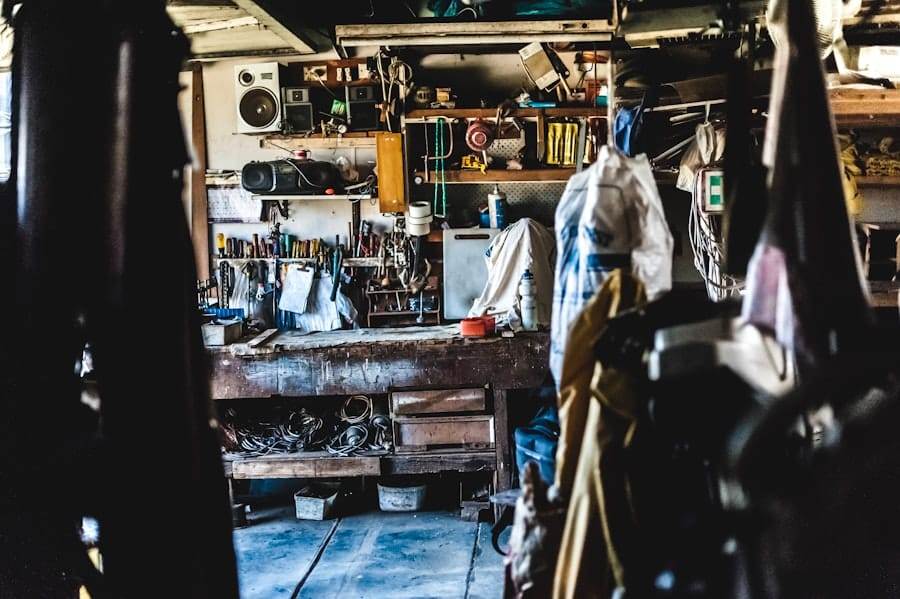Creating Leathercraft Working Templates
Templates play a crucial role in the world of leathercraft, serving as the foundation upon which artisans build their creations. They provide a blueprint that ensures precision and consistency, allowing crafters to replicate designs with ease. By using templates, leatherworkers can save time and reduce material waste, as they can accurately cut pieces without the guesswork that often leads to errors.
This is particularly important for those who are producing multiple items or working on larger projects, where uniformity is key to achieving a professional finish. Moreover, templates can enhance creativity by providing a structured starting point. While some artisans may prefer to work freehand, templates allow for experimentation within defined parameters.
They can be modified and adjusted to suit individual styles or project requirements, enabling crafters to innovate while still maintaining a level of control over their work. In essence, templates serve as both a practical tool and a source of inspiration, making them indispensable in the leathercraft process.
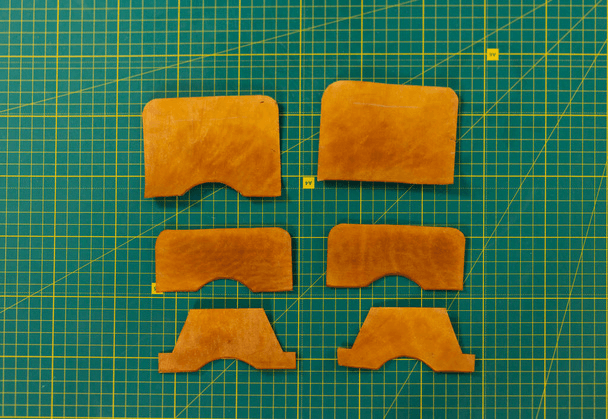
Key Takeaways
- Templates are essential in leathercraft for creating consistent and efficient designs
- Choosing the right material for templates is crucial for durability and accuracy
- Basic tools like cutting mat, ruler, and utility knife are needed for making leathercraft templates
- Follow a step-by-step guide for creating working templates to ensure precision and accuracy
- Design and customize templates to add personal flair and uniqueness to leathercraft projects
Selecting the Right Material for Creating Templates
Choosing the appropriate material for templates is essential for achieving durability and accuracy in leathercraft projects. Common materials include cardboard, plastic, and even metal, each offering distinct advantages. Cardboard is often favored for its accessibility and ease of use; it can be easily cut and shaped, making it ideal for initial drafts or one-off designs.
However, cardboard may not withstand repeated use, which is where more robust materials come into play. Plastic templates are a popular choice among seasoned leatherworkers due to their resilience and longevity. They can endure multiple cuts without losing their shape, making them suitable for high-volume production.
Additionally, plastic templates can be transparent, allowing artisans to see the leather beneath and position the template precisely. For those seeking ultimate durability, metal templates offer unparalleled strength and stability. While they may require more effort to create, metal templates can last a lifetime, making them a worthwhile investment for serious crafters.
Tools and Equipment Needed for Making Leathercraft Templates
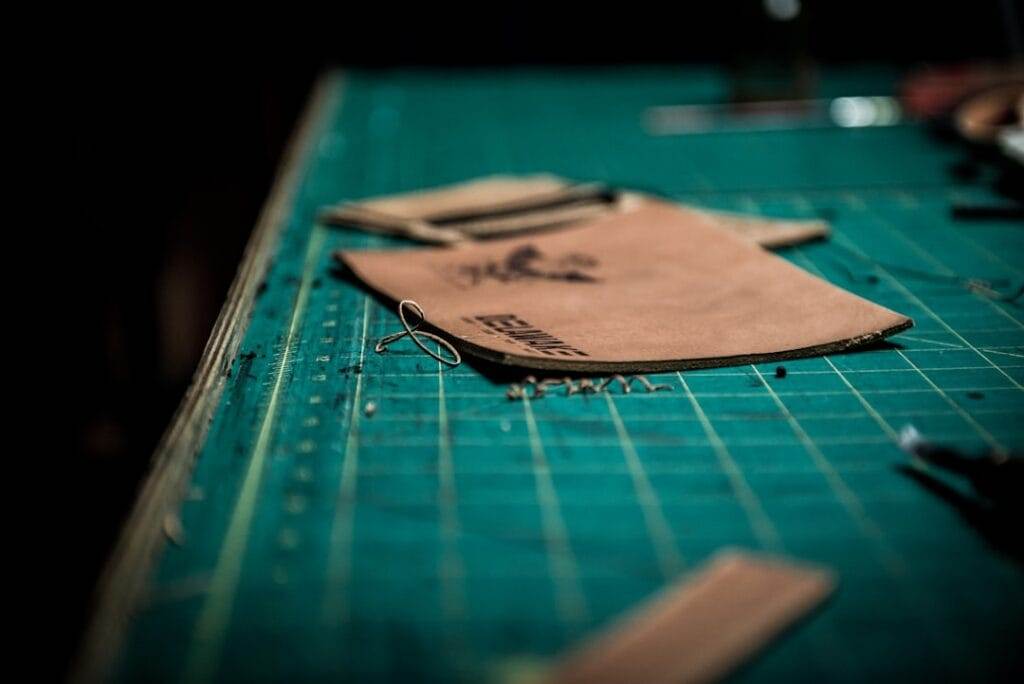
Creating effective leathercraft templates requires a specific set of tools and equipment to ensure precision and ease of use. A sharp utility knife or craft knife is essential for cutting through various materials cleanly. A cutting mat is also necessary to protect surfaces and provide a stable base for cutting.
Additionally, a ruler or straightedge will help achieve straight lines and accurate measurements, while a compass or circle cutter can assist in creating rounded shapes. Beyond cutting tools, marking implements such as pencils or fine-tipped markers are vital for outlining designs on template materials. A set of scissors may also be useful for trimming edges or making adjustments.
For those who prefer digital methods, design software can be employed to create templates that can then be printed onto template material. This approach allows for intricate designs that might be challenging to achieve by hand, expanding the possibilities for customization in leathercraft projects.
Step-by-Step Guide to Creating Leathercraft Working Templates
Creating leathercraft working templates involves a systematic approach that ensures accuracy and usability. The first step is to sketch the desired design on paper, taking care to include all necessary dimensions and details. This initial sketch serves as a reference point throughout the process.
Once satisfied with the design, it can be transferred onto the chosen template material using a ruler and marking tools. Next, carefully cut out the design from the template material using a sharp utility knife or scissors. It’s important to work slowly and methodically to avoid mistakes that could compromise the template’s integrity.
After cutting, inspect the edges for any rough spots or imperfections that may need smoothing out with sandpaper or a file. This step is crucial as it ensures that the template will not snag or damage the leather during use. Once the template is complete, it’s advisable to test it on scrap leather before using it on the final project.
This allows for any necessary adjustments to be made without risking valuable materials. If everything checks out, the template is ready for use in actual leathercraft projects.
Tips for Designing and Customizing Leathercraft Templates
When designing leathercraft templates, there are several tips that can enhance both functionality and aesthetics. First, consider incorporating registration marks or alignment guides into the template design. These features help ensure that pieces align correctly during assembly, which is particularly beneficial for complex projects with multiple components.
Customization is another key aspect of template design. Leatherworkers can experiment with different shapes, sizes, and styles to create unique pieces that reflect their personal aesthetic. Adding decorative elements such as stitching lines or embossing patterns directly onto the template can also streamline the crafting process by providing visual guidance during assembly.
Additionally, consider creating multiple versions of a template for different sizes or variations of a design. This approach allows artisans to cater to diverse customer preferences or project requirements without starting from scratch each time. By embracing creativity and flexibility in template design, leatherworkers can elevate their craft while maintaining efficiency.
Utilizing Templates for Consistency and Efficiency in Leathercraft Projects
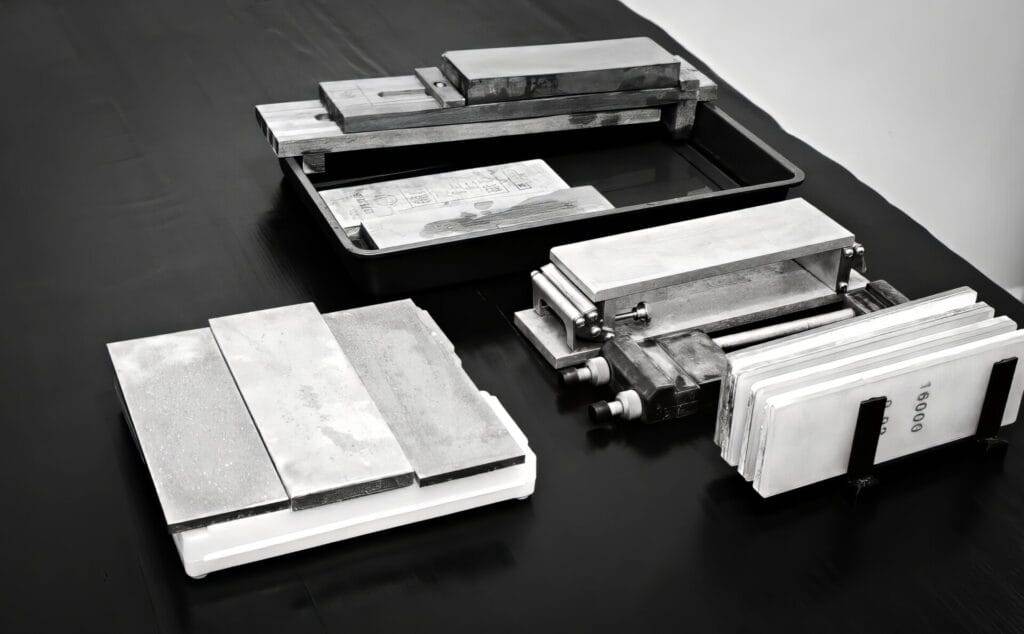
The primary advantage of using templates in leathercraft lies in their ability to promote consistency across projects. When artisans rely on templates, they can produce identical pieces with minimal variation, which is especially important in commercial settings where uniformity is expected. This consistency not only enhances the overall quality of the work but also builds trust with customers who appreciate reliable craftsmanship.
Efficiency is another significant benefit of utilizing templates. By having pre-made designs at hand, leatherworkers can significantly reduce preparation time for each project. Instead of measuring and cutting each piece individually, they can quickly trace around the template and proceed with cutting multiple pieces simultaneously.
This streamlined process allows artisans to focus more on the creative aspects of their work rather than getting bogged down in repetitive tasks.
Storing and Organizing Leathercraft Templates for Future Use
Proper storage and organization of leathercraft templates are essential for maintaining their condition and ensuring easy access when needed. One effective method is to use a dedicated binder or portfolio with clear plastic sleeves to protect templates from dust and damage while keeping them visible for quick reference. Labeling each sleeve with relevant information such as size or design type can further enhance organization.
For larger templates that may not fit into standard binders, consider using flat storage boxes or folders that allow for easy stacking without bending or creasing the material. It’s also beneficial to keep a digital record of templates by scanning or photographing them before storage; this provides an additional layer of backup while allowing artisans to share designs easily if needed. Regularly reviewing and updating the collection of templates is also advisable.
As skills develop and new techniques are learned, some templates may become obsolete while others may need modifications. By keeping an organized system in place, leatherworkers can ensure that they always have access to their best designs while making room for new creations.
Troubleshooting Common Issues When Creating Leathercraft Templates
Despite careful planning and execution, issues may arise when creating leathercraft templates that require troubleshooting. One common problem is inaccurate measurements leading to poorly fitting pieces. To avoid this issue, always double-check measurements before cutting and consider using a calibrated ruler or measuring tool for added precision.
Another frequent challenge is material warping or bending over time, particularly with cardboard templates. To mitigate this issue, store templates flat in a cool, dry place away from direct sunlight or moisture. If warping does occur, it may be possible to gently reshape the template by applying light heat or weight; however, caution should be exercised to avoid damaging the material.
Finally, if a template becomes damaged during use—such as tearing or fraying—don’t hesitate to create a new one rather than attempting repairs that may compromise its effectiveness. Templates are meant to facilitate the crafting process; if they hinder rather than help, it’s best to start fresh with a new design. In conclusion, understanding the importance of templates in leathercraft cannot be overstated.
They serve as essential tools that enhance precision, efficiency, and creativity in crafting projects. By selecting appropriate materials, utilizing the right tools, and following systematic processes for creation and organization, artisans can maximize the benefits of templates while troubleshooting common issues effectively when they arise. With these strategies in place, leatherworkers can elevate their craft and produce high-quality pieces that stand out in both form and function.
FAQs
What are leathercraft working templates?
Leathercraft working templates are pre-designed patterns or stencils used as a guide for cutting and shaping leather to create various leather goods such as wallets, bags, belts, and accessories.
Why are leathercraft working templates important?
Leathercraft working templates are important as they provide a consistent and accurate guide for cutting and shaping leather, ensuring that the final product is well-proportioned and aesthetically pleasing.
How are leathercraft working templates created?
Leathercraft working templates can be created by hand-drawing designs on paper, using computer software to create digital templates, or by tracing existing patterns onto sturdy material such as cardboard or plastic.
What materials are used to make leathercraft working templates?
Materials commonly used to make leathercraft working templates include cardboard, plastic sheets, acrylic or plywood. These materials are durable and can withstand repeated use.
Can leathercraft working templates be customized?
Yes, leathercraft working templates can be customized to suit individual preferences and design requirements. They can be resized, modified, or combined to create unique and personalized leathercraft patterns.


